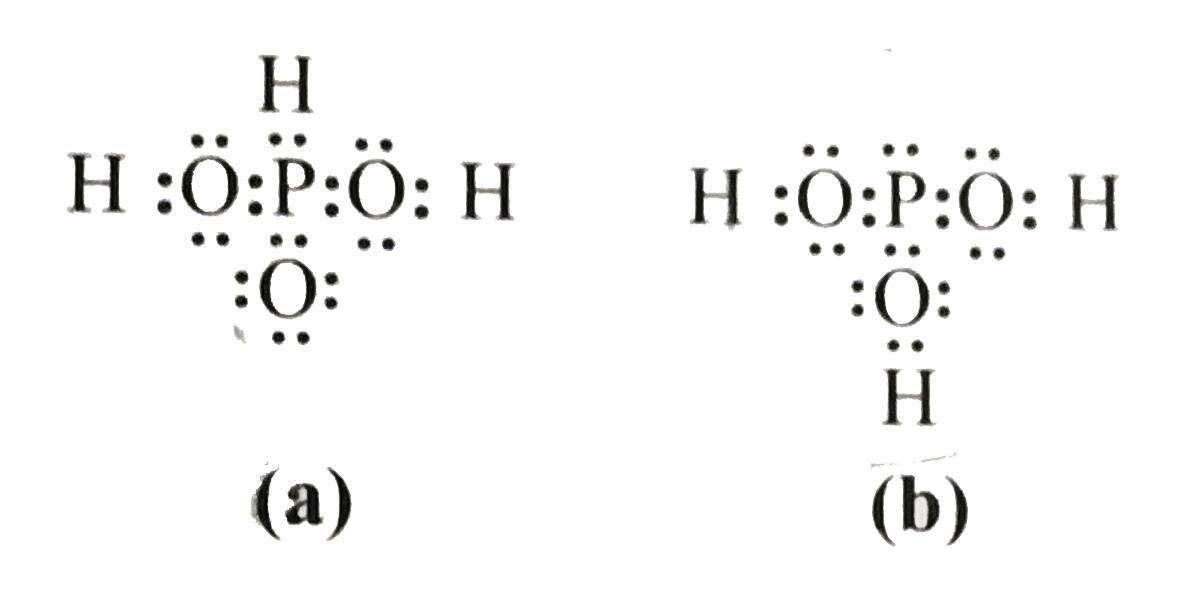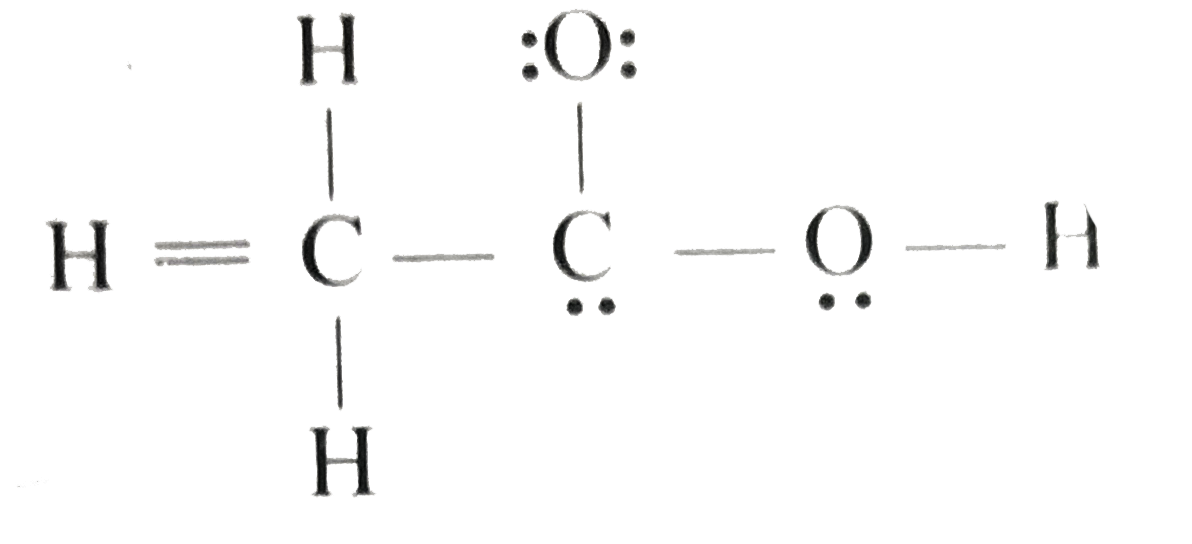Complete Solutions to EXERCISE of chapter CHEMICAL BONDING AND MOLECULAR STRUCTURE of Class 11 book with complete answers and questions
| Class 11 | CHEMISTRY |
| Chapter | CHEMICAL BONDING AND MOLECULAR STRUCTURE |
| NCERT | EXERCISE |
| Number Of Questions | 40 |
| Academic Year | 2023-24 |
Explain the formation of a chemical bond.
03:39View SolutionWrite Lewis dot symbols for atoms of the following elements: `Mg,Na,B,O,N,Br`.
02:47View SolutionWrite Lewis symbols for the following atoms and ions:
`S` and `S^(2-), Al` and `Al^(3+),H` and `H^(ө)`02:31View SolutionDraw the Lewis structures for the following molecules and ions:
`H_(2)S,SiCl_(4),BeF_(2),CO_(3)^(2-),HCOOH`06:12View SolutionDefine octet rule. Write its significance and limitations.
07:07View SolutionWrite the favourable factors for the formation of ionic bond.
03:20View SolutionDiscuss the shape of the following molecules using the `VSEPR` model:
`BeCl_(2),BCl_(3),SiCl_(4),AsF_(5),H_(2)S,PH_(3)`04:37View SolutionAlthough geometries of `NH_(3)` and `H_(2)O` molecules are distorted tetrahedral, bond angle in water is less than that of ammonia. Discuss.
03:46View SolutionHow do you express the bond strength in terms of bond order?
02:16View SolutionDefine the bond length.
03:53View SolutionExplain the important aspects of resonance with reference to the `CO_(3)^(2-)` ion.
02:39View Solution`H_(3)PO_(3)` can be represented by structure (a) and (b) shown below. Can these two structures be taken as the canonical forms of the resonance hybrid representing `H_(3)PO_(3)` ? If not, give reasons for the same.
 02:23View Solution
02:23View SolutionWrite the resonance structures for `SO_(3)`,`NO_(2)`, and `NO_(3)^(ө)`.
03:56View SolutionUse Lewis symbols to show electron transfer between the following atoms to form cations and anions : (a) K and S (b) Ca and O (c) Al and N.
05:47View SolutionAlthough both `CO_(2)` and `H_(2)O` are triatomic molecules, the shape of `H_(2)O` molecules is bent while that of `CO_(2)` is linear. Explain this on the basis of dipole moment.
04:18View SolutionWrite the significance/applications of dipole moment
05:49View SolutionDefine electronegativity. How does it differ from electron gain enthalpy ?
03:38View SolutionExplain with the help of suitable example polar covalent bond.
04:38View SolutionArrange the bonds in order of increasing ionic character in the molecules: LiF, `K_(2)O, N_(2), SO_(2) " and " ClF_(3)`.
03:33View SolutionThe skeletal structure of `CH_(3)COOH` as shown below is correct, but some of the bonds are shown incorrectly. Write the correct Lewis structure for acetic acid.
 03:32View Solution
03:32View SolutionApart from tetrahedral geometry, another possible geometry for `CH_(4)` is square planar with the four `H` atoms at the corners of the square and the `C` atom at its centre. Explain why `CH_(4)` is not square planar?
03:04View SolutionExplain why `BeH_(2)` molecule has a zero dipole moment although the `Be-H` bonds are polar?
01:58View SolutionOut of `NH_(3)` and `NF_(3)` which has a higher Dipole moment?
04:32View SolutionWhat is meant by hybridisation of atomic orbitals? Describe the shape of `sp`,`sp^(2)`,`sp^(3)` hybrid orbitals.
06:23View SolutionDescribe the change in hybridization (if any) of the `Al` atom in the following:
`AlCl_(3)+Cl^(ө)rarr AlCl_(4)^(ө)`02:54View SolutionIs there any change in hybridisation of the `B` and `N` atom as a result of the following reaction?
`BF_(3)+NH_(3)rarr F_(3)B.NH_(3)`03:07View SolutionDraw diagrams showing the formation of a double bond and a triple bond between carbon atoms in `C_(2)H_(4)` and `C_(2)H_(2)` molecules.
04:25View SolutionWhat is the total number of sigma and pi bonds in the following molecules?
a. `C_(2)H_(2)` , b. `C_(2)H_(4)`03:06View SolutionConsidering `X` axis as the inter nuclear axis, which out of the following will form a sigma bond
(a) `1s` and `1s` (b) `1s ` and `2p_(x)`
(c ) `2p_(y)` and `2p_(y)` (d) `2p_(x)` and `2p_(y)`
(e) `1s` and `2s` .`01:57View SolutionWhich hybrid orbitals are used by carbon atoms in the following molecules?
(a) `CH_(3)-CH_(3)`
(b) `CH_(3)-CH=CH_(2)`
(c) `CH_(3)-CH_(2)OH`
(d) `CH_(3)-CHO`
(e) `CH_(3)COOH`05:04View SolutionWhat do you understand by bond pairs and lone pairs of electrons? Illustrate by giving one example of each type.
05:15View SolutionDistinguish between a sigma and a pi bond.
06:03View SolutionExplain the formation of `H_(2)` molecule on the basis of valence bond theory.
03:44View SolutionWrite the important conditions required for the linear combination of atomic orbitals to form molecular orbitals.
05:31View SolutionUse molecular orbital theory to explain why the `Be_(2)` molecules do not exist?
02:15View SolutionCompare the relative stability of the following species and indicate their magnetic properties:
`O_(2)`,`O_(2)^(o+)`,`O_(2)^(ө)`(super oxide),`O_(2)^(-2)`(peroxide).05:08View SolutionWrite the significance of a plus and a minus sign shown in representing the orbitals.
03:10View SolutionDescribe the hydribisation in case of `PCl_(5)`. Why are the axial bonds longer as compared to equatorial bonds?
03:35View SolutionDefine hydrogen bond. Is it weaker or stronger than the van der Waals forces?
04:01View SolutionWhat is meant by the term bond order? Calculate the bond order of `N_(2)`,`O_(2)`,`O_(2)^(o+)` and `O_(2)^(ө)`.
04:11View Solution
EXERCISE questions and complete solutions for chapter CHEMICAL BONDING AND MOLECULAR STRUCTURE of NCERT CHEMISTRY(HINGLISH) of Class 11
